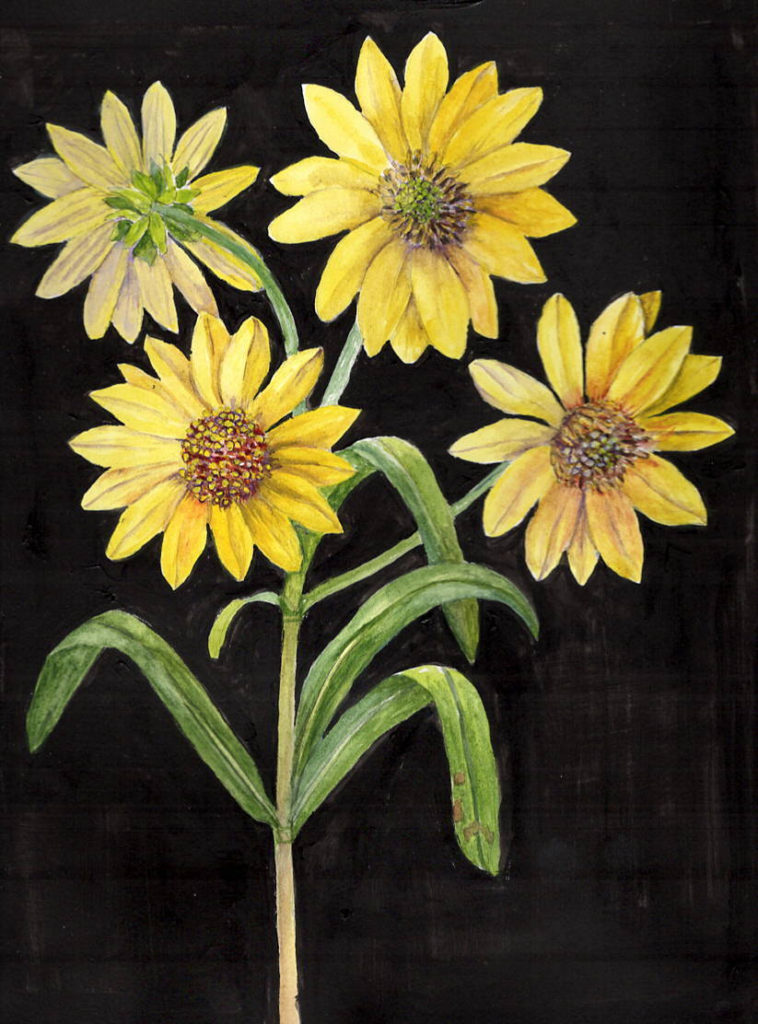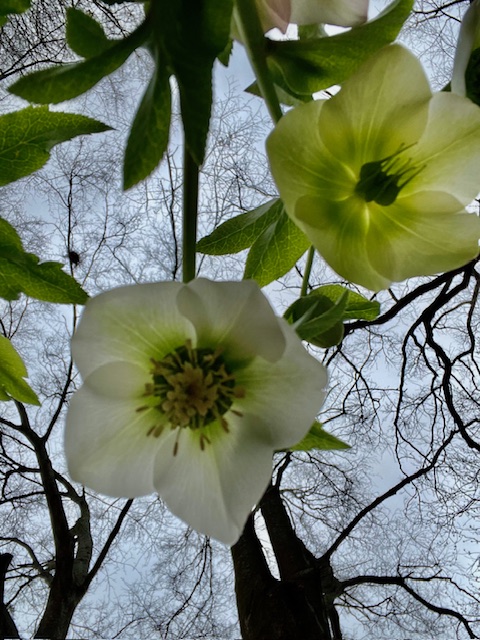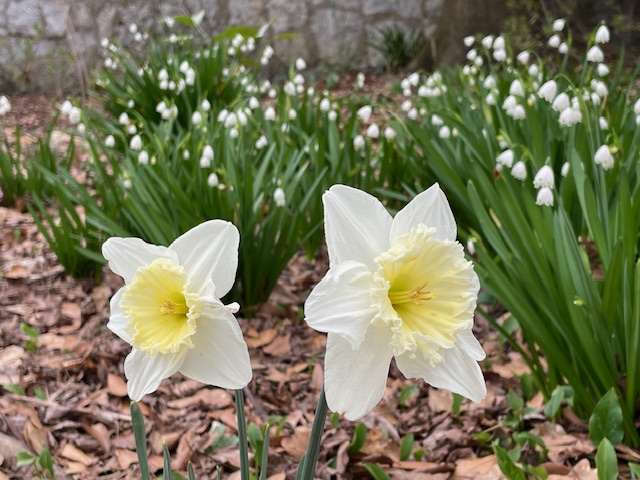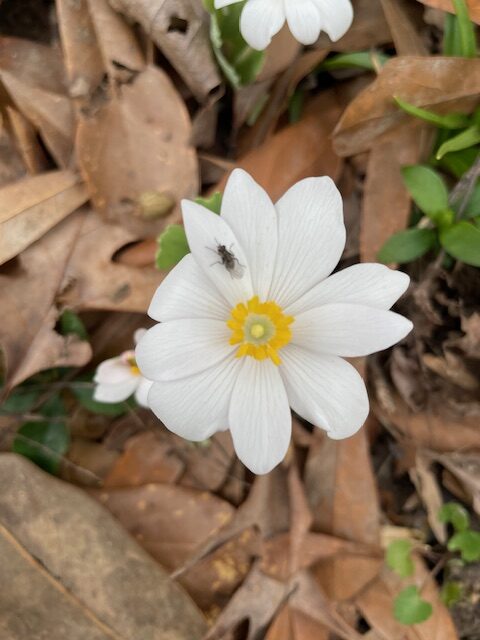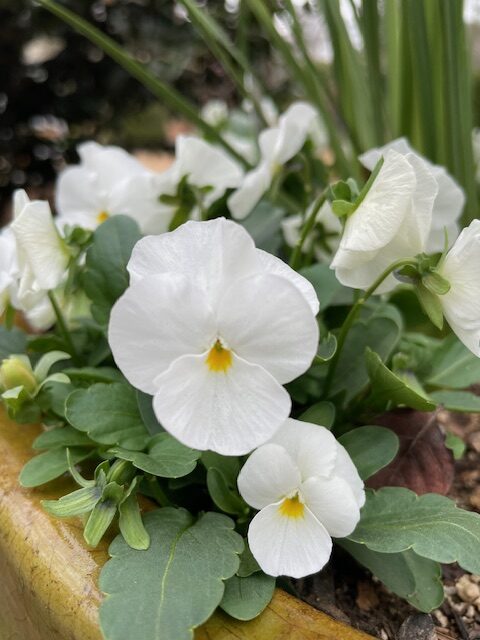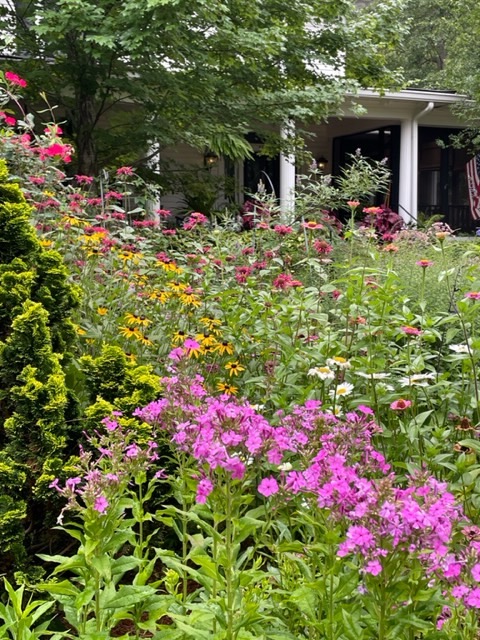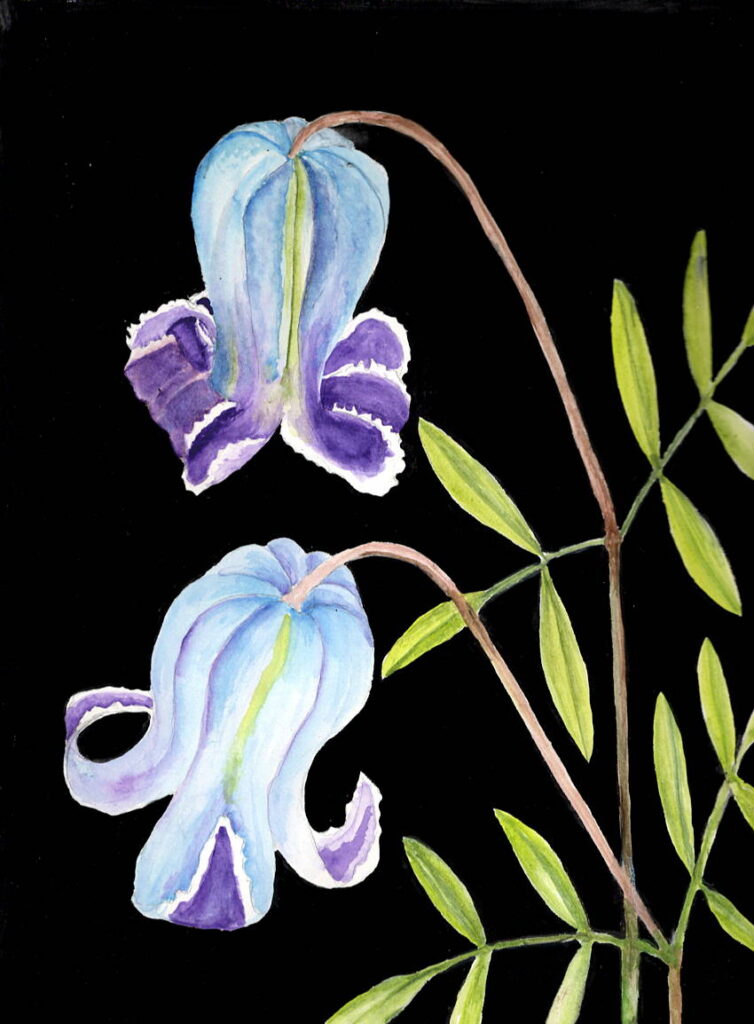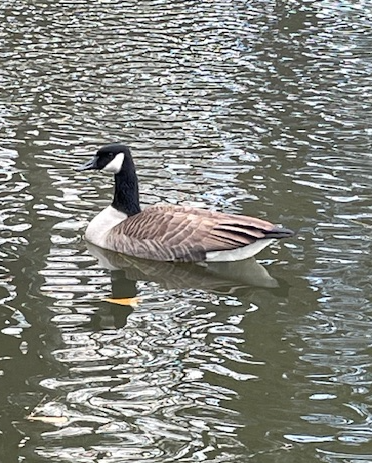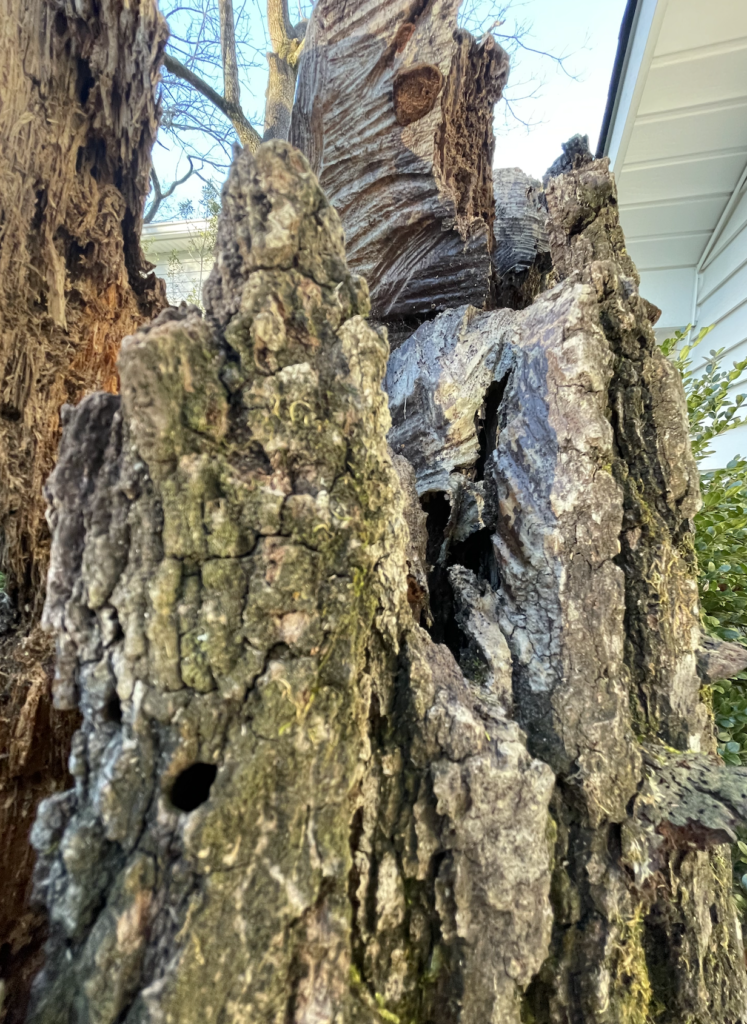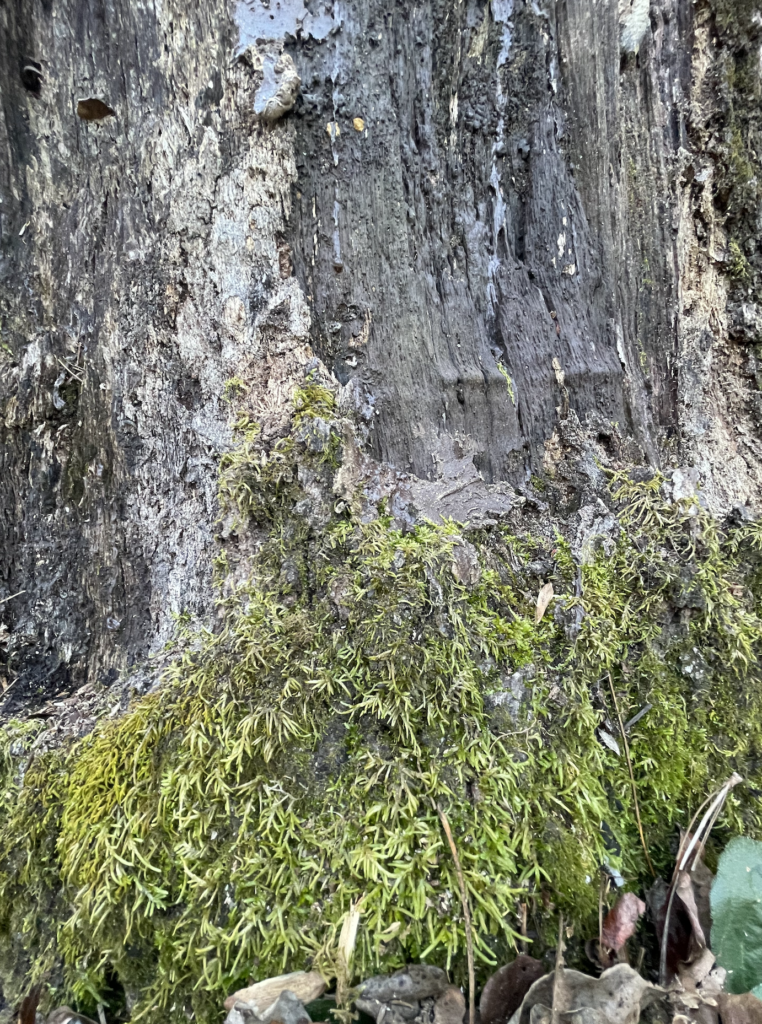For years, I’ve complained that the lenten roses (Helleborus x hybridus) in my back garden are taking over. Even a few weeks ago, in this blog, I was wishing that I didn’t have quite so many hellebores since they were limiting the biodiversity in the garden. Be careful what you wish for.

I have come to the devastating conclusion that the hellebores in my back, which number in the hundreds and form the foundation of my shady gardening beds, are suffering from a virus that is called Hellebore ‘Black Death,’ officially HeNNV. There is no cure. Infected plants will die in anywhere from a few weeks up to a year and a half.
The virus was first found in the early 1990’s in England and continental Europe. It does not seem to effect H. nigra or H. argutifolius as badly, but the common H. orientalis and hybridus are killed by the virus. As of last summer, it was still considered uncommon in the U.S. but infected plants can take up to 1 1/2 years to show symptoms.

What does it look like? Black and nasty. The leaf veins turn a yellowish color that quickly turns black. New growth on older plants is stunted and dark and brittle. Though I’ve not read about this elsewhere, all the new seedlings in my yard are showing the black coloration as they emerge.

Just because I have this in my garden, doesn’t necessarily mean that you do too. There is natural die back every year, as older leaves die and new ones come in. But, if you grow hellebores, you might want to take a look. If there are big black splotches on the leaves and some of the new growth is dark and stunted, your plants might be infected.

Though the virus seems to be species specific and doesn’t spread to other kinds of plants, it is highly contagious among plantings of the same species. Scientists believe that the virus is spread by aphids or whiteflies, neither one of which has ever been much of a problem in my garden. The only thing to do is to cull the hellebores and put them into the trash, a daunting proposition in my situation.
My first inclination was to put a For Sale sign up in the front yard and move to a high rise apartment, letting someone else deal with it. But I love my garden and my home and my neighborhood and I don’t really want to move. So, I began digging.

This is my strategy: First, weed out all the seedings so they don’t have a chance to establish. Then, starting in the beds closest to the house, begin to, as one friend put it “wrastle” with the plants, digging up the dense, fibrous, interwoven root system. In their place, I’ll replace the soil and put in shade loving natives, such as Mayapple, blue phlox, bloodroot, blue eyed grass, columbine and wake robin trillium
I’m continuing to cut back infected foliage wherever I see it, just for aesthetic reasons but the virus is moving fast and it’s hard to keep up. I really hadn’t planned on spending so many gardening hours dealing with hellebores, but that’s the way it turned out.
Is it all bad? No, of course not. I’m glad it wasn’t a virus that killed more useful native plants such as my creeping blue phlox. That would be a tremendous loss! And, this does present an opportunity to replace the lenten rose with a greater variety of native pollinator plants.

There’s a lot I don’t know yet. I’m hoping as the plant dies that the roots will also die and decompose quickly. I’m praying that it truly will not spread to other species. I’m really hoping that my situation is unique and that the virus is not widespread. Time will tell.
Nature has a way of humbling even the most enthusiastic of gardeners. It’s another reminder that I’m only one small part of nature and that even though I like to think I have control over my garden, there are many things that are beyond my influence. I have faith, though, faith that my garden will recover, faith that nature heals, faith that I won’t really sell my house and move into a high-rise apartment!



